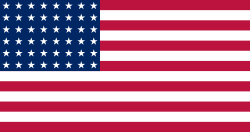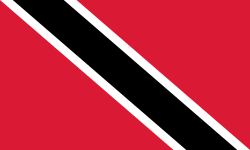Walter Mahlendorf
| Walter Mahlendorf | |
 | |
| Född | 4 januari 1935[1] (89 år) Sarstedt, Tyskland |
|---|---|
| Medborgare i | Tyskland |
| Sysselsättning | Friidrottare, sprinter |
| Redigera Wikidata | |
| Walter Mahlendorf | ||
| Friidrott, herrar | ||
| Nation: | ||
|---|---|---|
| Guld | Rom 1960 | 4 x 100 meter |
Walter Mahlendorf, född 4 januari 1935 i Sarstedt, är en tysk före detta friidrottare.
Mahlendorf blev olympisk guldmedaljör på 4 x 100 meter vid sommarspelen 1960 i Rom.[2]
Källor
- ^ Gemeinsame Normdatei, läst: 29 april 2014.[källa från Wikidata]
- ^ ”Walter Mahlendorf” (på engelska). Olympics at Sports-Reference.com. Arkiverad från originalet den 24 augusti 2011. https://web.archive.org/web/20110824022228/http://www.sports-reference.com/olympics/athletes/ma/walter-mahlendorf-1.html. Läst 4 februari 2019.
| |||||
|
Media som används på denna webbplats
De olympiska ringarna, med genomskinlig bakgrund.
US Flag with 48 stars. In use for 47 years from July 4, 1912, to July 3, 1959.
Flag of the unified Team of Germany for the Olympic Games, 1960–1968.
Trinidad och Tobagos flagga
Flag of Jamaica. “The sunshine, the land is green, and the people are strong and bold” is the symbolism of the colours of the flag. GOLD represents the natural wealth and beauty of sunlight; GREEN represents hope and agricultural resources; BLACK represents the strength and creativity of the people. The original symbolism, however, was "Hardships there are, but the land is green, and the sun shineth", where BLACK represented the hardships being faced.
National flag and merchant ensign of Germany from 1933 to 1935.
Walter Mahlendorf at the 1960 Olympics
National flag and merchant ensign of Germany from 1933 to 1935.




















